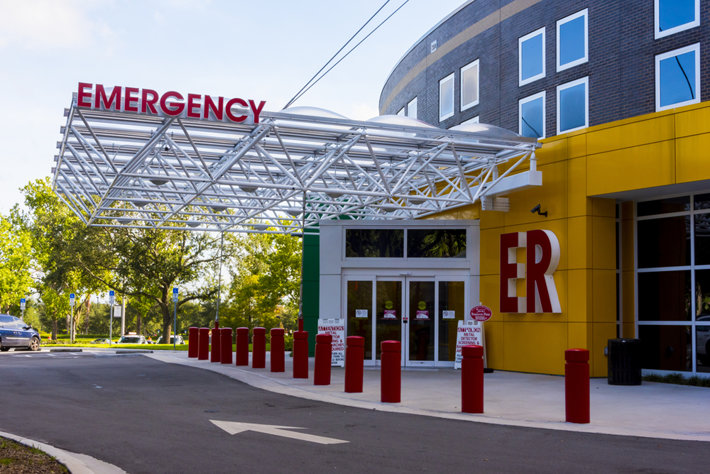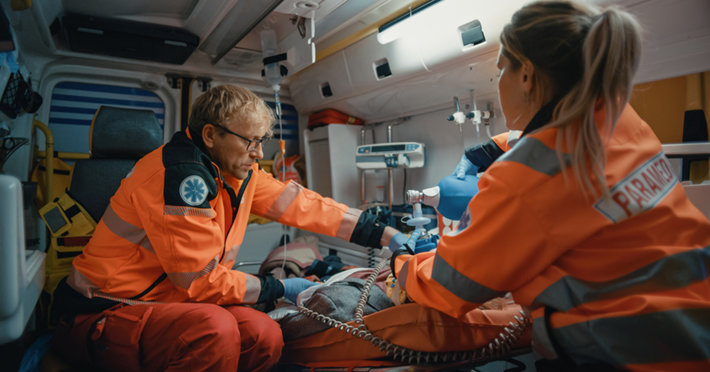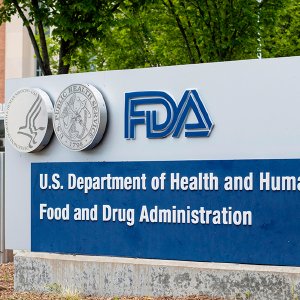Addiction Treatment in the United States Rates Flatline While Overdoses Rise

According to preliminary data from CDC researchers, fatal overdoses were slightly higher in 2022 than in 2021, suggesting overdoses did not decline post-pandemic, as many public health experts thought they would. Meanwhile, treatment rates across the U.S. flatlined from 2008 to 2022, even as more people needed treatment. These data points suggest the U.S. is in the worst phase of the 21st-century addiction epidemic.
CDC Data on 2022 Drug Overdose Deaths Paint a Grim Picture
Every year, public health experts hope to see evidence that America’s escalating addiction epidemic has peaked. But every year, new data shows more injuries, overdoses, deaths, poisonings, and critical consequences of a public health crisis that continues to worsen.
Most recently, new data from the Centers for Disease Control and Prevention suggest drug overdose deaths ticked up slightly in 2022, even as many public health experts thought the fatal overdose rate would decline following enormous spikes in deaths in 2020 and 2021. According to the CDC’s Provisional Drug Overdose Death Counts, 109,680 Americans died from drug overdoses in 2022, about 2% more than the 107,622 overdose deaths in 2021.
Across the nation, the picture is a complex one. In 23 states, overdoses declined in 2022. In one state, Iowa, there was no change from 2021. In the other 26 states, overdoses increased. They increased dramatically in eight states, Florida, Indiana, Kentucky, Maryland, Michigan, Ohio, Pennsylvania, and West Virginia.

While the overall rate of increase in deaths was relatively low – just 2% – the fact that an increase did occur is concerning. From 2019 to 2020, overdoses skyrocketed 30%. From 2020 to 2021, they skyrocketed again, this time by 15%. Most experts believe the Covid-19 pandemic and its fallout played a huge role in the spikes.
Many experts also believed that, from 2021 to 2022, overdoses would drop. That did not occur, begging the question of when the addiction epidemic will ever reach its peak and recede. “What the past 20 years of this overdose crisis has taught us is that this really is a moving target,” said Katherine Keyes, a Columbia University epidemiology professor whose research focuses on drug use. “And when you think you’ve got a handle on it, sometimes the problem can shift in new and different ways.”
Better access to addiction treatment would be one sure way to get a handle on the addiction epidemic. Unfortunately, new data suggest addiction treatment center admissions have flatlined, a critical warning sign that not enough people are getting treatment for their addictions. When they don’t get treatment, any day they use dangerous, mind-altering substances could be their last.
Treatment Center Admissions Flatline as Overdoses Continue to Rise
Despite the dire need for treatment as more Americans become addicted to drugs, recent data from the Substance Abuse and Mental Health Services Administration shows that only 13% of people who suffer from drug and alcohol addiction receive any treatment for a crisis that could be fatal. While 13% is a slight improvement over the 11% who received treatment in the early-to-mid-2000s, the rate of addicts seeking treatment has mostly flatlined in recent years.
In 2008, about 11.2% of addicts sought treatment, 2.6 million of the 23.5 million who needed treatment. Though 15 years have passed since then, public health policies and efforts to curb addiction have barely improved the situation, with just 13% – roughly 3 million people – seeking help for addiction today.
Until treatment center admissions rise significantly to counter the increase in addiction and overdoses, the U.S. will continue to suffer from a serious public health emergency in the form of drug and alcohol addiction.
The Importance of Helping Your Loved One Access Treatment

According to the CDC report cited earlier, public health experts warn that drug use has become increasingly more dangerous as adulterants like potent fentanyl and animal tranquilizers like xylazine are added to the drug supply without addicts knowing. Extremely dangerous opioids that can easily cause an overdose are often cut into other drugs like meth or cocaine. Addicts with little to no history of opioid use may unknowingly consume a fatal dose of opioids even as they intended just to use meth or cocaine.
These factors make drug use, something that’s always been dangerous and unsafe, even more deadly. That’s why family members and loved ones of addicts must do everything they can to help their loved ones seek treatment. If you know someone using drugs and alcohol, who cannot stop using on their own, please help them find and enter a qualified, residential drug and alcohol addiction treatment center as soon as possible. Please don’t wait until it is too late.
Sources Cited:
- CDC. “Provisional Drug Overdose Death Counts.” Centers for Disease Control and Prevention, 2023. cdc.gov
- U.S. News. “U.S. Drug Overdoses Were Up Slightly in 2022.” U.S. News, 2023. usnews.com
- SAMHSA. “2020 National Survey of Drug Use and Health (NSDUH) Releases.” Substance Abuse and Mental Health Services Administration, 2020. samhsa.gov
- NIDA. “Drug Facts: Treatment Statistics.” National Institute on Drug Abuse, 2008. nida.nih.gov


 ®
®